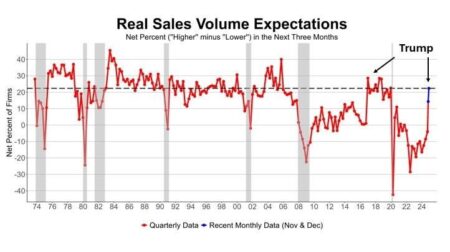With any PR strategy, you don’t have much time to think. Crises happen. Products and services are sometimes ready to launch before the entire com team is brought into the loop. And news stories can develop faster than a lightning bolt strikes its target.
An efficient approach may sound less glamorous than a well-connected one, but the two concepts often go together. Without those critical media relationships, the most well-oiled PR machine isn’t going anywhere fast. That’s why I believe reporter and editor queries are the key to an effective PR strategy that runs like clockwork.
But if you’re like most, you need to see the proof in the pudding. You want convincing arguments if you or your team are going to put in the work. As PR budgets shrink, with 48% of agencies making cuts in 2024, any tactic must be worth its weight in gold. Let me explain the why behind a recognizable, yet sometimes misunderstood, approach to elevating PR strategies.
Optimizes the Content-to-News Process
Building relationships starts with networking. This is a no-brainer truth in nearly every industry. Nonetheless, in PR, relationships are how content becomes news. The problem is that there’s usually a gap between the media outlets that publish content and the experts who craft it.
Now, you can network the old-fashioned way at events, through endless phone calls, and introductions during working lunches. There’s nothing wrong with these methods. But online hubs are the way to go if you want to accomplish similar results faster and potentially gain a wider reach.
Having worked in the digital content marketing industry for several years, I’m always seeking useful tools to help streamline the content communication process. Among the many I’ve came across, one I recently discovered is Contributed Content Connection, which is a centralized digital hub bridging the gap between experts and the media. This platform makes it easier to share your industry insights with others, because it helps you connect directly with the outlets looking for relevant and original content like yours.
In turn, your content will be seen by editors and publishers that typically take months to find. What’s more is if your pitch and story are accepted, you’re going to increase your chances at building a longer-lasting relationship.
Saves Time on Your Pitch
You believe you have a hot-of-the-press story at your fingertips. But say no one’s picking it up. You’ve spent days trying to get someone to bite. The story ends up dead on arrival, and no one gets to read what you thought would be the latest buzz.
Like any form of marketing, pitches can only be successful when directed at the right people. I’ve found out the hard way relevancy matters most. You’ll only waste precious moments if you don’t have a batter with the correct skills at the plate.
Saving time on your pitches involves narrowing down which reporters are looking for the topics you’re writing about. For example, Source of Sources is a reliable tool I’ve utilized for this, and its main focus is to help PR teams cut through the noise and find the experts they need.
Essentially, this tool helps deliver queries from journalists on the prowl for specific expertise. If you’re an expert with information others are seeking, finding companies like these who specialize in helping you connect to the right reporters is key. Instead of sending blanket pitches, you’re able to send targeted pitches to those who are actively seeking them.
Of course, there are other unconventional strategies to share your expertise with the right audience. Sprout Social Influencer Marketing, for instance, is one tool helping users do that. This platform helps to locate and hire online influencers who are relevant to your brand and want to help amplify your brand message.
No matter which tools you decide to use, make sure it is worth your initial investment by testing them first to see which ones are more successful for your specific strategy.
Gets Breaking News Published Faster
If you’re in PR, you know the stats aren’t favorable. Journalists only open around 45% of pitches. Since you have less than a 50% chance of having your ideas read, you might think reporters have enough news to publish.
But I’ve found they need good, polished content more than the data suggests. Remember the gap I mentioned earlier? Journalists and media outlets are busy. They’re working at such a breathless pace that they don’t have time to waste on irrelevant, long-winded proposals. In many cases, they don’t have enough hours in the day to rely on their expertise alone.
Yes, reporters and the media need to get breaking news out fast. Their ratings and audience engagement levels depend on it. It’s even better if a reporter, editor, or outlet can get the scoop before the competition. Your timely, concise, and attention-grabbing responses to queries come in here. Your expertise gets them exclusive, well-crafted content and your company gets the brand recognition and the chance to influence public perception.
Except for crisis management, your PR strategy can’t be reactive. Getting your name out there and building your brand image takes foresight, persistence, and connections. Reporter and editor queries may represent one type of relationship-building tactic but can reshape the direction of your PR strategy’s outcomes.
Read the full article here











